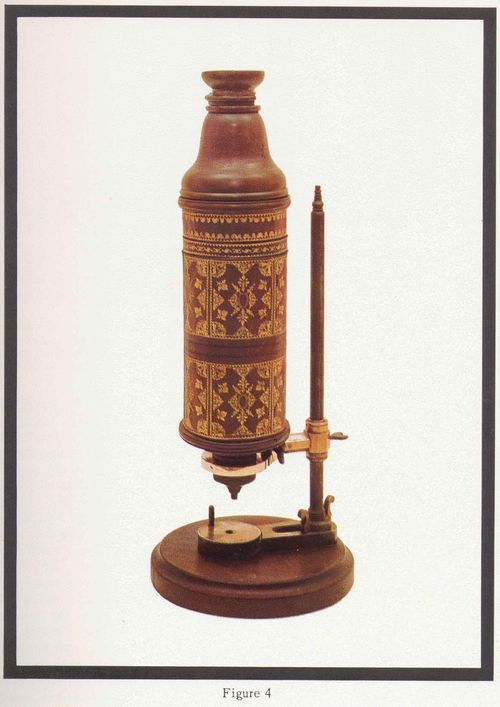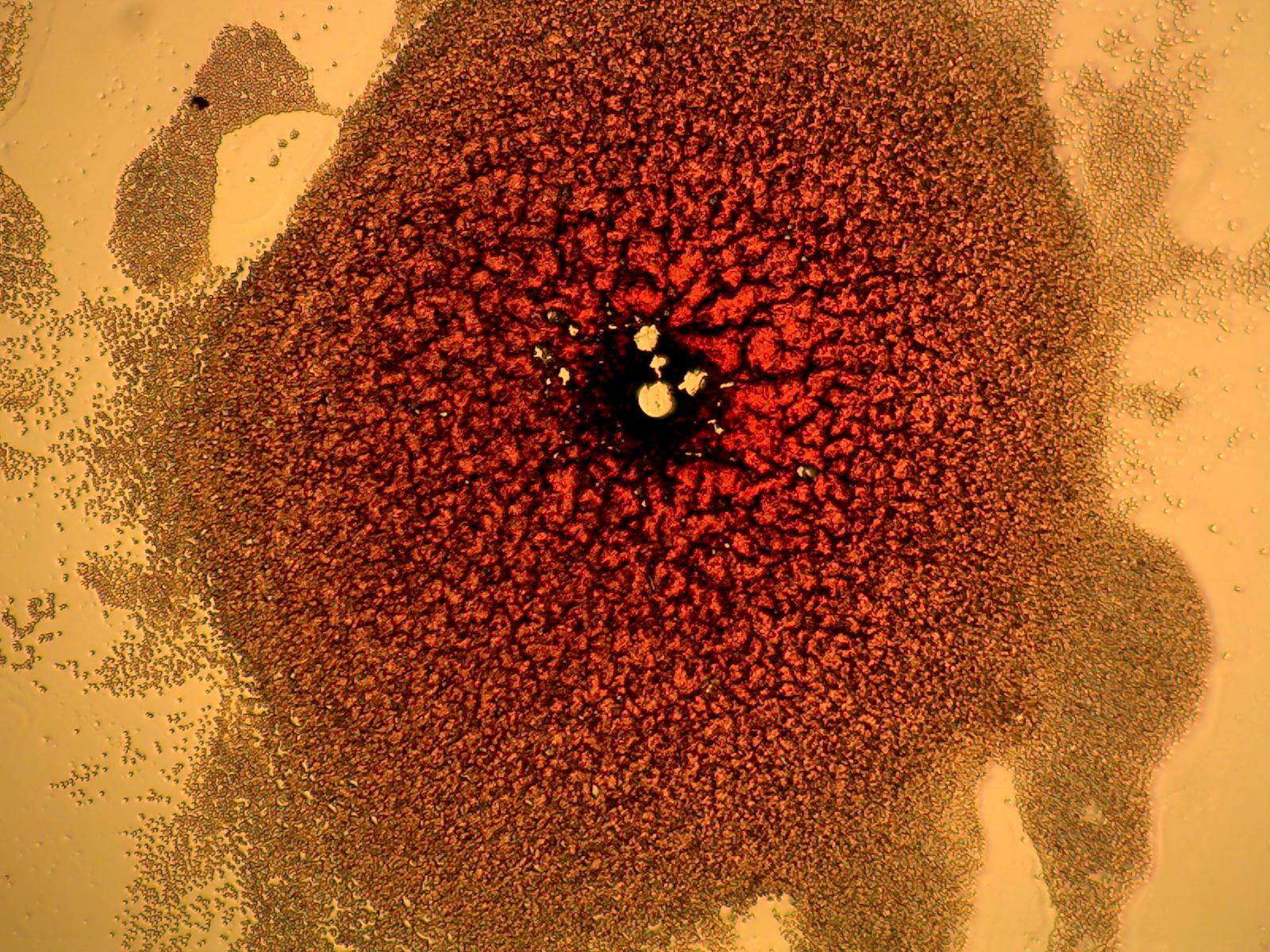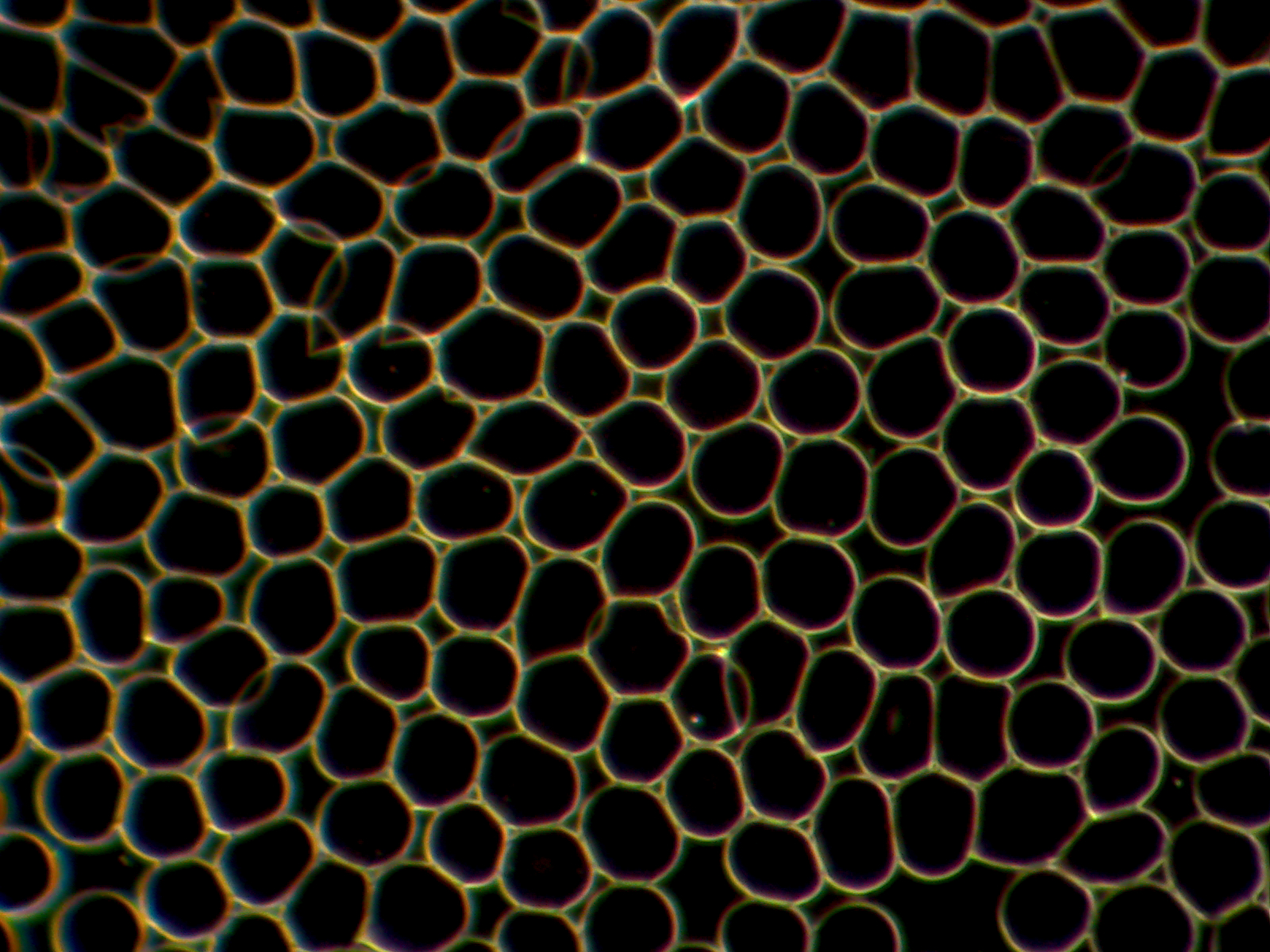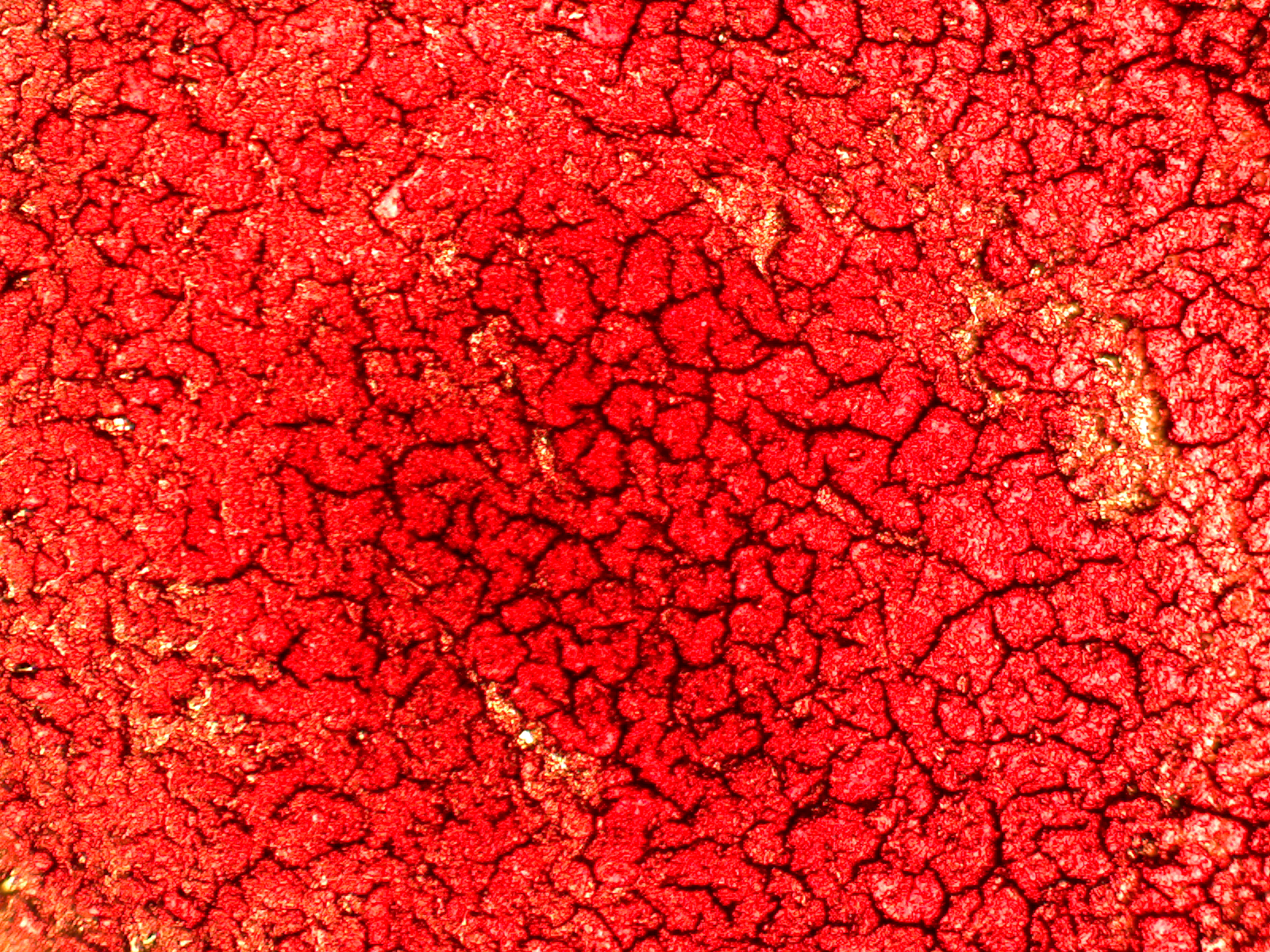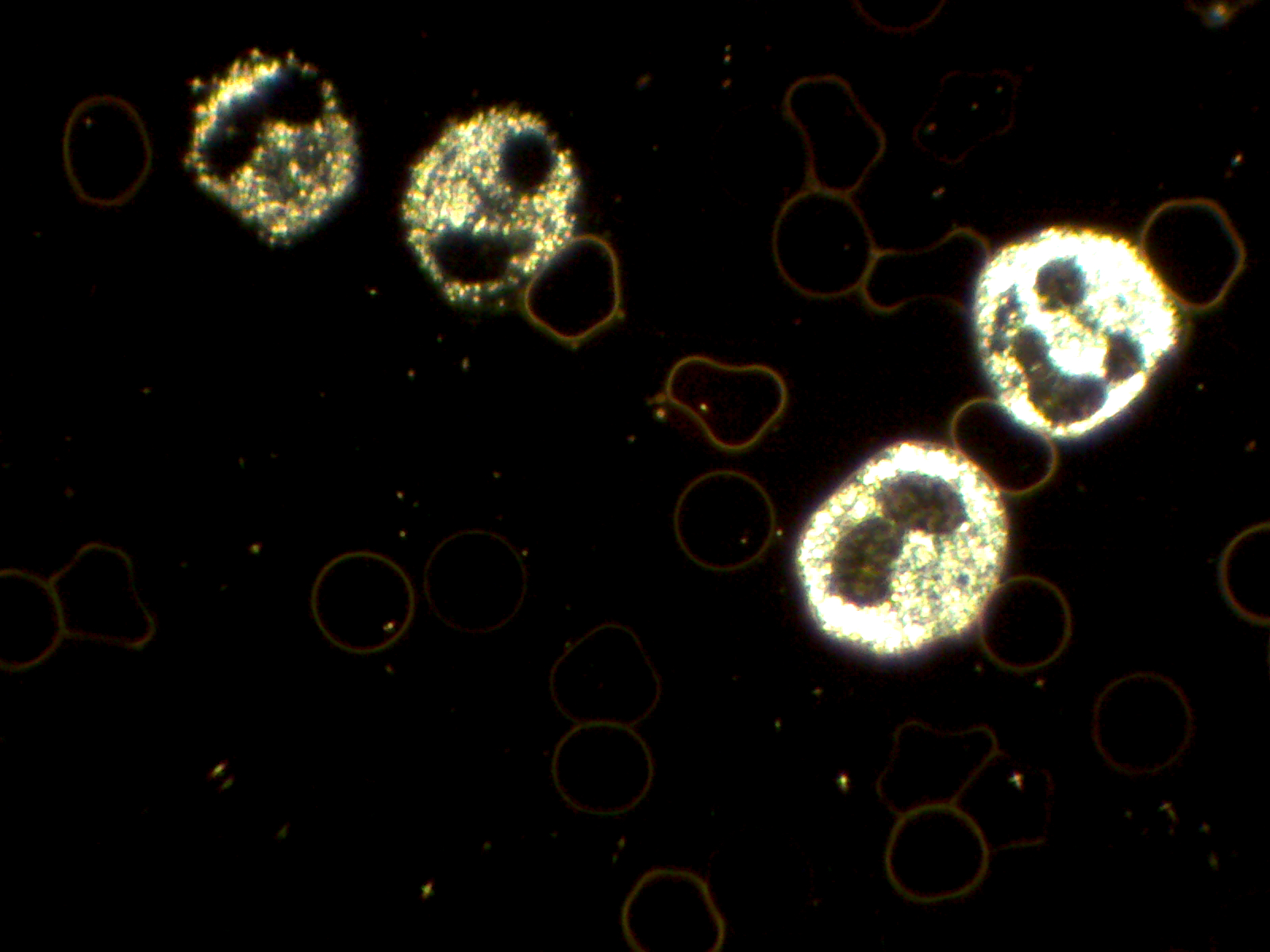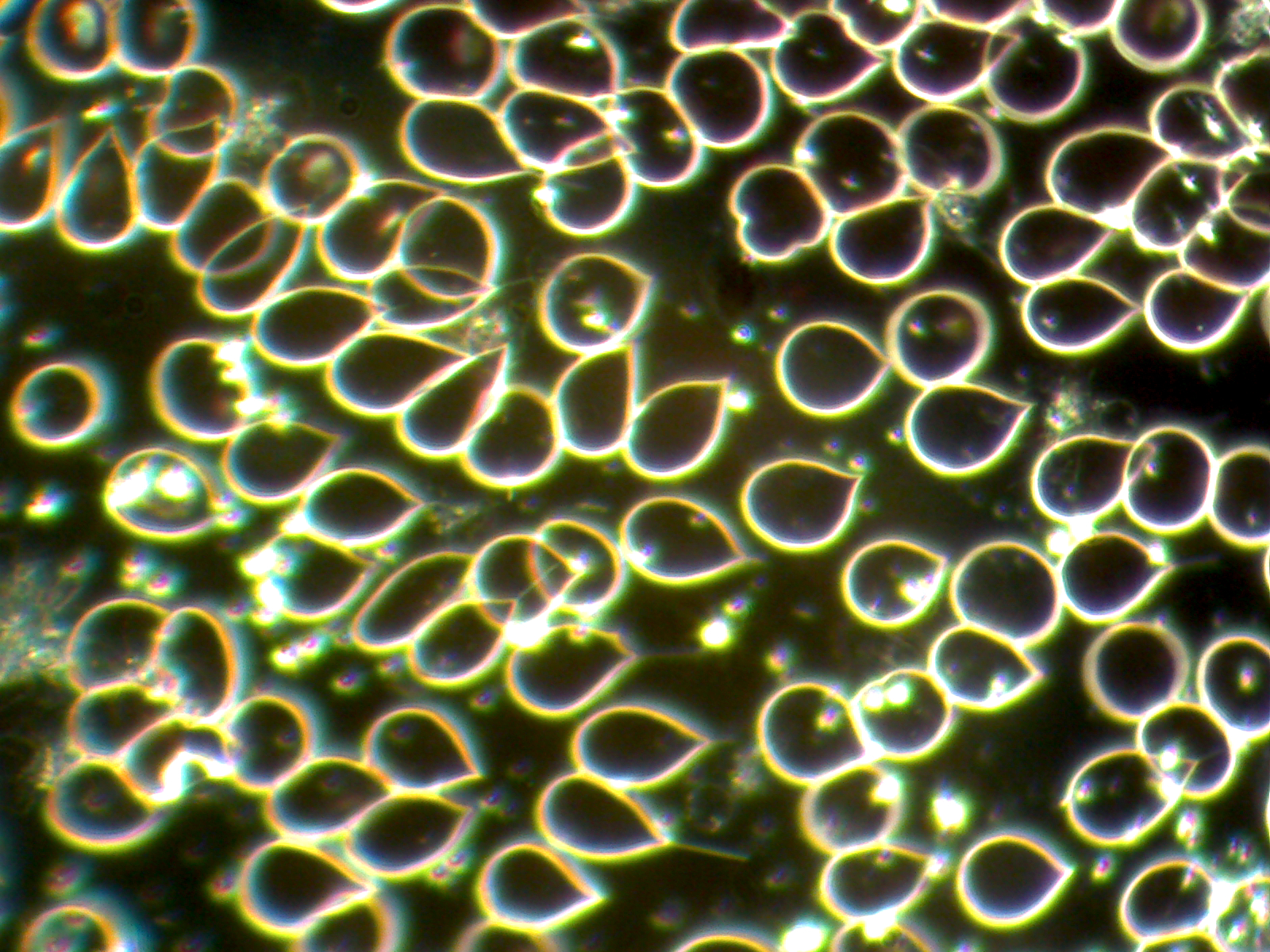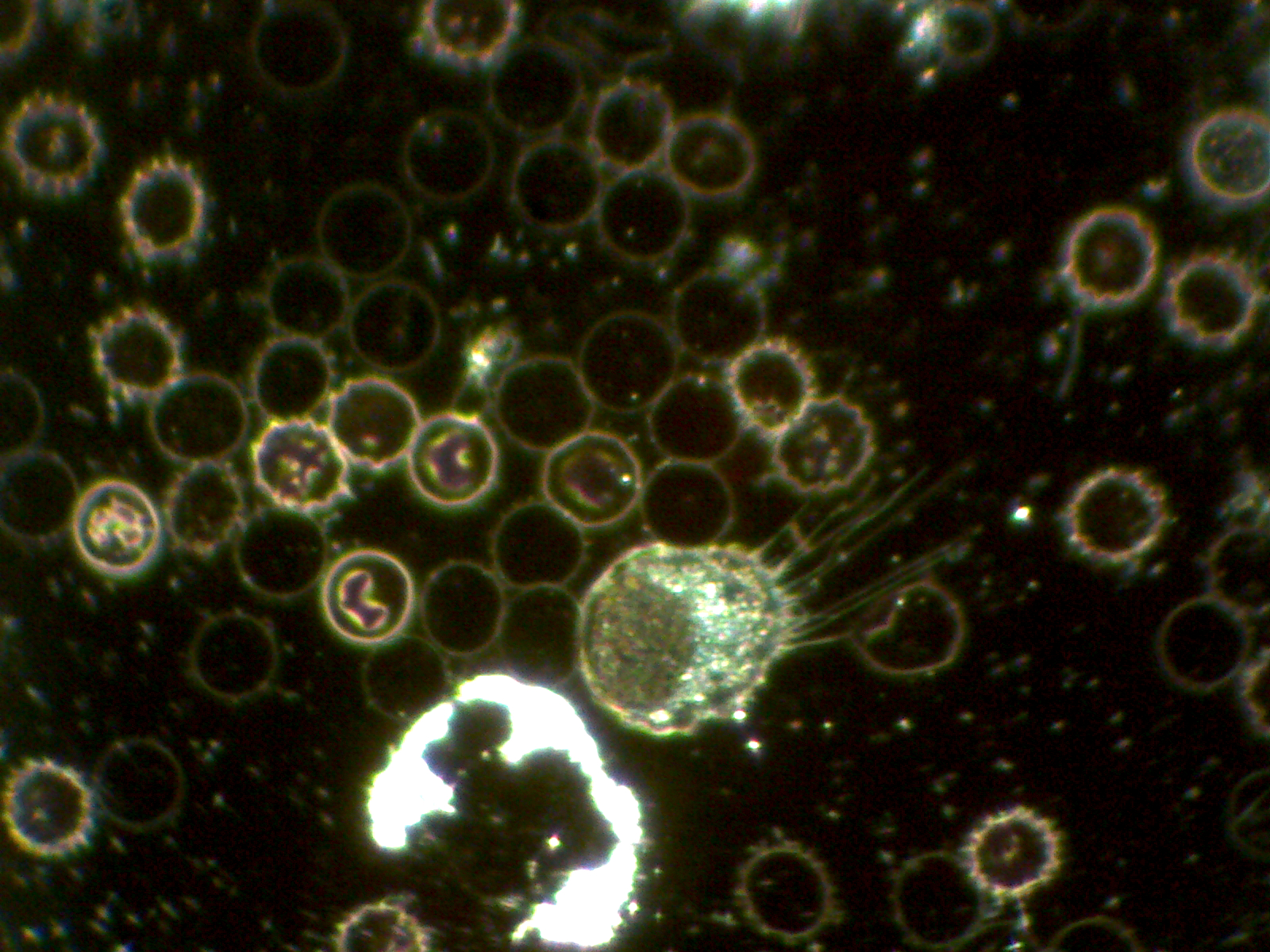Live Blood Analysis…doesn’t exactly roll off the tongue does it? It also requires some explanation as to what on earth it is.
Well, it’s a blood screening method that uses a powerful microscope to look at a drop of capillary blood. You can see in a fair amount of detail the size and shape of the cellular elements of blood as well as whatever is happening in the blood plasma, otherwise known as extra-cellular fluid.
Sounds very scientific doesn’t it? But the interpretation of the blood has caused some controversy over the years and today it’s use as a tool for determining ways to improve health has been questioned.
It all started in the 16th century with the invention of the microscope. At first you could only magnify objects 20 or 30 times their normal size. But within 60 years the microscope had developed to be able to magnify objects over 200 times. This was the first time that we were able to see blood cells, and indeed even know that they existed. We were also able to discover and view bacteria and sperm for the first time. The meaning of life, cause of disease and the whole question of creation was being ‘put under the microscope’!
This lead to much researching and questioning as to what it was that was being seen under these new powerful microscopes? It was Louis Pasteur’s Germ Theory that was elected by modern medicine to be the most believable explanation, but not necessarily because it was right. This theory stated that there is a germ for every disease (can be overlaid to our modern medical theory of late, that there is a gene for every disease) and if you can identify the germ that causes the disease and you can manufacture some agent that can kill that germ, then voila, the disease can be cured.
Louis Pasteur and Antoine Béchamps
Up until this point blood was presumed to be sterile and so the cause of disease had to be something that invaded the body, namely germs. But, microscopy allowed a different view of the blood. And there were many microbiologists that found microbes in the blood.
Antoine Béchamps the scientist that, after studying healthy and diseased blood under the microscope, came up with an opposing theory to Pasteur’s. He proposed the theory that blood is not sterile, it harbours tiny ‘seeds’ of bacteria that are symbiotic to our health unless, and this is the important bit, the internal environment of the body is not optimal.
“the microbe is nothing, terrain is everything”
These words were said by Louis Pasteur on his deathbed, finally admitting his mistake and agreeing with Antoine Béchamps. But it was too late. Modern medicine’s wheels were already firmly in motion and there was no stopping it.
To this day pharmaceutical companies still search for the agent that will cure disease rather than looking at what is going on inside the body of the diseased person.
My microscope can magnify up to 1000 times, a bit more powerful than the ones used back in the 16th century, and I follow the Bechamps' line of thought which goes something like this;
The body can protect itself against disease if the internal environment of our body, the extra-cellular fluid and the blood that bathes all our cells is at its optimum.
Rather than trying to find a specific nutrient deficiency, or a specific food causing an allergy or a defected biological process, I use the microscope to look at my clients’ internal biological terrain. The blood represents this terrain beautifully as it flows through every muscle, bone, organ, nerve and all other tissues delivering nutrients and clearing away the wastes.
Most modern research and funding is geared towards discovering the pharmaceutical cure for disease and not continuing the research of Béchamps. There are however plenty of doctors and microbiologists that continue, mostly on their own rather than supported by universities, governments or pharmaceutical companies, to try and further this idea that the biological terrain of the human organism holds the clues for our desire to achieve true health.
I believe that a good Live Blood Microscopist can help in this quest, as long as the examination of the blood is combined with an understanding of how the body works and what it needs in order to maintain a healthy internal terrain. LBA can be used as a valuable screening technique as well as an educational tool for clients and a way of checking health progress over the course of following a health protocol.


